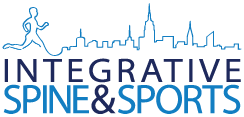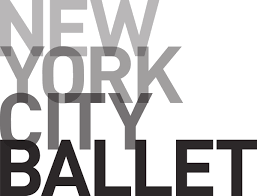How Orthobiologics Like PRP Work To Heal The Body
July 8, 2020
Orthobiologics, Regenerative Medicine, & Platelet Rich Plasma (PRP)
Platelet Rich Plasma (PRP) Therapy can enable the acceleration of growth factors that contribute to the complex healing process that is innate to our human body. As a provider of PRP in NYC, we know that this orthobiologic substance has significantly influenced modern orthopedic non-surgical practice.
Professional and recreational athletes with sports-related injuries, chronic overuse and traumatic injuries such as knee osteoarthritis have seen promising results from this cutting-edge treatment, when combined with proper post-PRP rehabilitation.
What is the exact science behind platelet rich plasma?
This orthobiologic substance is extracted from the patient’s own blood, which contains various properties. Blood is made up of solids and liquids. The liquid portion, called plasma, is made of protein, water, and different salts.
Platelet rich plasma is then separated from the original blood sample by use of a centrifuge. The PRP extract is then non-surgically injected into the area of injury.
What is the rationale behind orthobiologic substance use?
Our bones and joints make up the basic skeletal framework of the body. A ligament is made of flexible fibrous connective tissue which connects two bones or holds together a joint. A tendon is also made of flexible connective tissue, functioning as an inelastic cord of strong fibrous collagen tissue which connects muscle to bone.
The musculo-tendinous unit is the prime mediator of movement. Tendons represent a bradytrophic tissue which is poorly vascularized; on the other hand, muscle cells have adequate blood supply.
Therefore, injuries to the musculo-tendinous areas are notorious for inadequate healing and chronicity. This chronicity occurs as a result of overuse causing multiple micro-traumatic injuries leading to the disruption of the internal structure of the tendon and degeneration of the cells and matrix.
Without proper care, and adequate therapeutic intervention, such injuries result in tendinosis. Immediately after the injection, the PRP begins releasing various growth factors and proteins, thereby igniting and accelerating the body’s healing response.
PRP is considered to exert this regenerative effect via growth factors including: stimulation of chemotaxis, drawing surrounding stem cells to the site of injury, inflammatory cell infiltration, increase in cell proliferation and extracellular matrix synthesis, and neovascularization.
Tendinosis is a common injury seen in patellar tendinopathy, rotator cuff injuries, Achilles tendinopathy, lateral epicondylar, and plantar fasciitis tendinopathy. As a result, most of the orthobiologics research is done in these areas.
What are some of the other orthobiologic options?
Certain types of stems cells may also contain regenerative healing properties. Embryonic stem cells are found in the early developmental phase of an individual, whereas mesenchymal stem cells are found in adults.
Mesenchymal stem cells (MSCs) are considered viable orthobiologic substances, commonly extracted from fat, synovial membrane, periosteum and bone marrow, especially from the iliac crest.
A stem cell has the capacity to differentiate into multiple different types of cells. MSCs have the ability to differentiate into bone, tendon, and cartilage cells.
If you are interested in a platelet rich plasma treatment in New York City, contact us today to book an appointment.
We also offer other popular services such as:
- Active release therapy in NYC
- Shoulder pain treatment in NYC
- Back pain treatment in NYC
- Neck pain treatment in NYC
- and more.
Click here to view all the conditions we treat and click here to view all our services.












